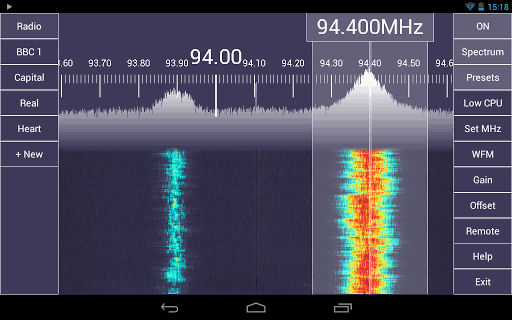RTL-SDR/HackRF Live DVD
If you’ve been wanting to use your RTL-SDR or HackRF on Linux, but didn’t know how to or couldn’t be bothered installing all the software, there is now a live DVD downloadable thanks to Reddit user rtl_sdr_is_fun. With a live DVD you can boot into an Ubuntu OS (with many pre-installed SDR related programs) directly from the DVD without the need to install anything.
The Live DVD is only available for 64-bit CPUs.
See more information about the Live CD and the software it contains in this release note, and see the Reddit thread here.
Direct Download:
http://files.persona.cc/linux/ubuntu/ubuntu-12.04.2-custom-sdr-amd64.iso
Torrent: (seeded by server and supports webseed)
http://files.persona.cc/linux/ubuntu/ubuntu-12.04.2-custom-sdr-amd64.iso.torrent

